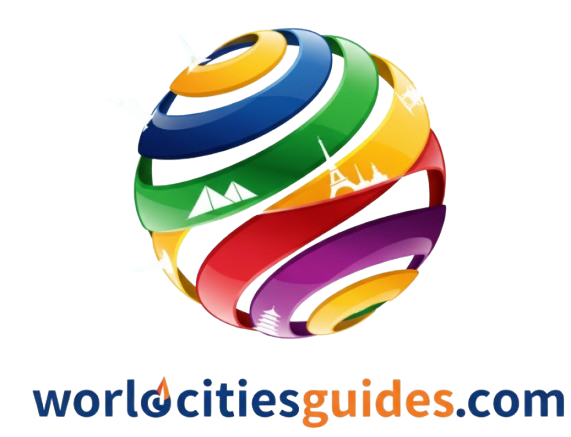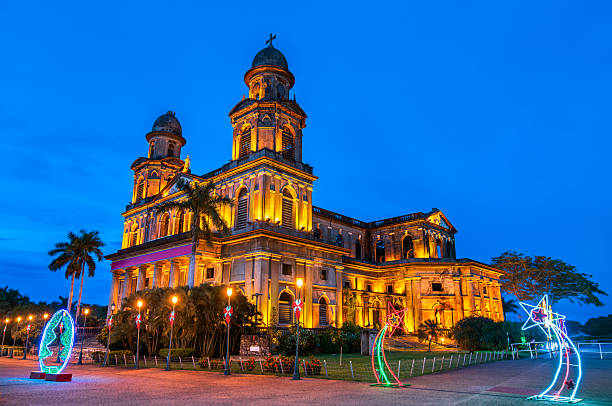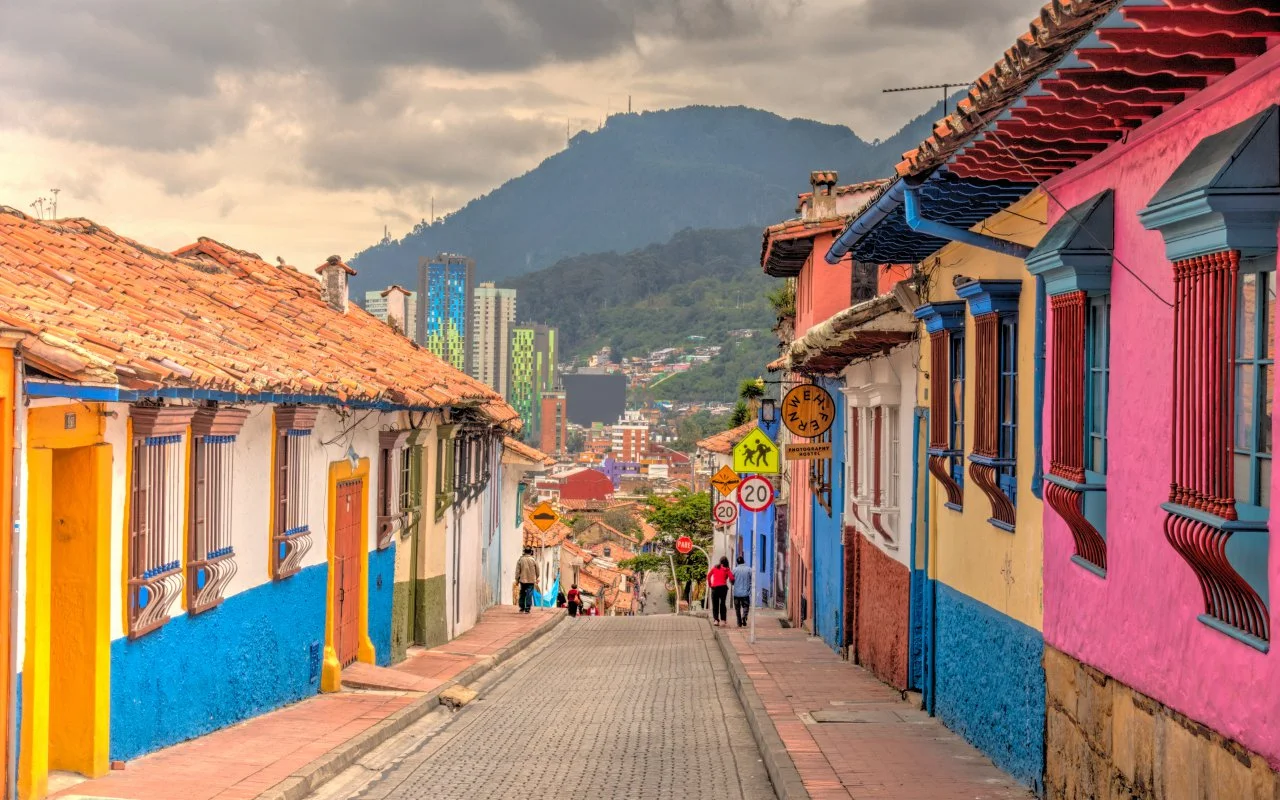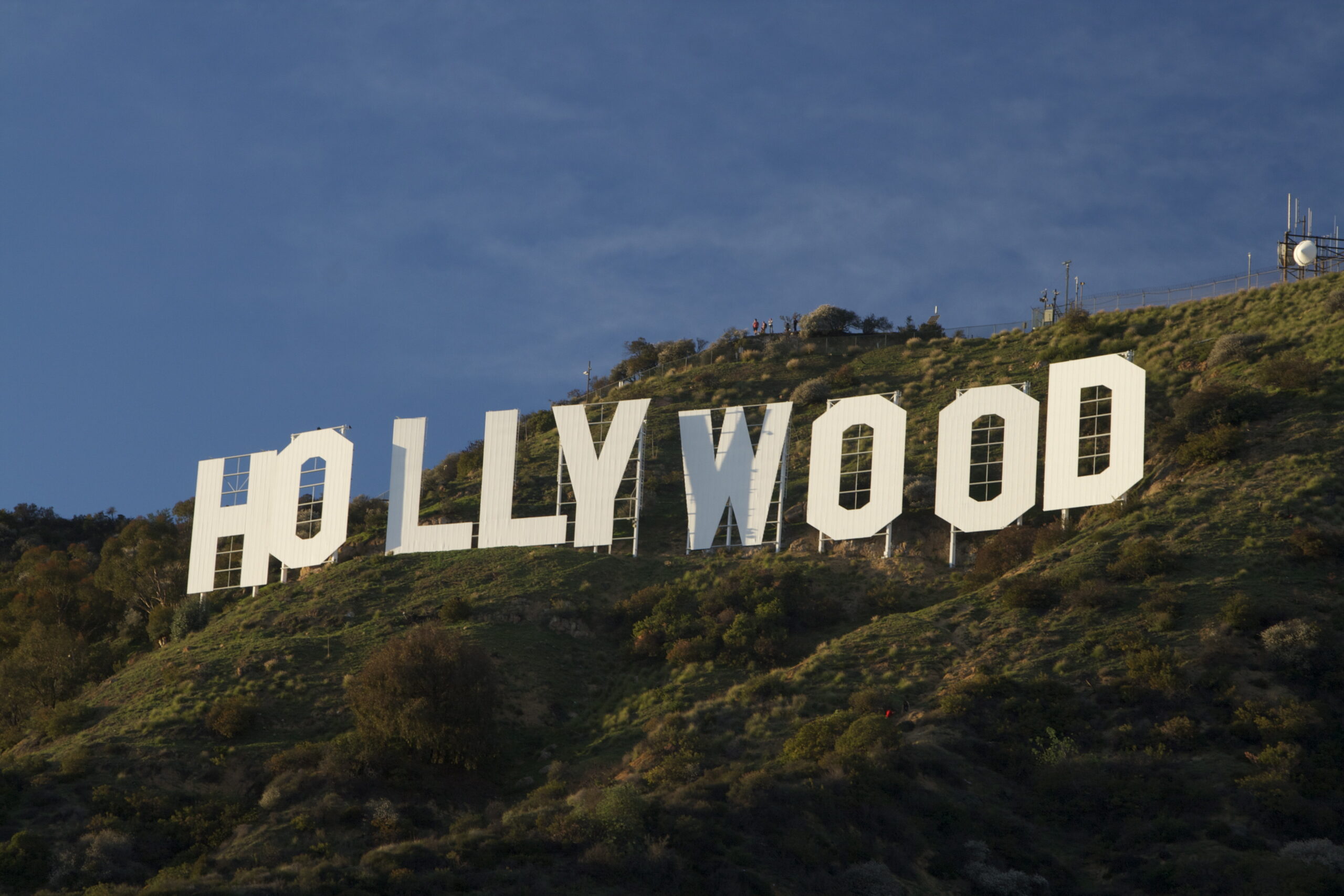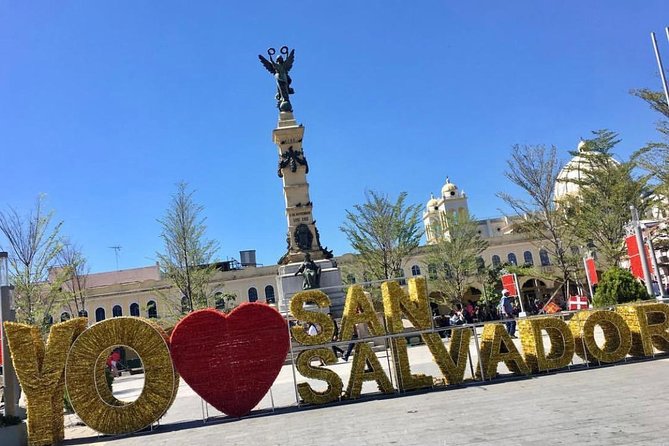Managua, the capital of Nicaragua is a city that defies it all and remains standing.Filled with contrasts, Managua has long been in the wake of natural disasters and political turmoils yet skims past most… Popup heading. Downplayed by its more colonial neighbors, such as Granada or León, Managua is another experience entirely — one that’s gritty and real and teeming with stories.
Stretched out along the southern shores of Lake Xolotlán (Lake Managua), this vast, sprawling city is not always grid-perfect or traditionally pretty – but it has personality to spare, and so much life per square inch that you won’t be able to stop smiling.
A CITY BUILT AND REBUILT: HISTORY OF MANAGUA
Managua’s development and history reflects the actual embodiment of growth, destruction, and rebirth. Natives lived in the area long before Spanish settlers arrived. The city of Managua was officially established in 1819 as a fishing town. For the better part of the 19th century, it was pulled and hauled at by Granada and León, then as now the country’s two main cities. In order to put a stop to the rivalry, Managua was named as a neutral capital in 1852—a decision that changed its destiny forever.
But nature had other plans. Managua has experienced a long and often-powerful history of earthquakes. The city was virtually destroyed in both the 1931 and 1972 tremors. That earthquake destroyed parts of the city, including the downtown area, and killed thousands. Managua, therefore, grew without a traditional center: the city has simply spread outwards in fits and starts.
Despite those blows to the city, Managua has slowly pieced itself together since then — not with sweeping skyscrapers or old-world charm but as a jumbled reflection of survival, innovation and determination. Believe it or not, today it is the political, economic, and cultural center of Nicaragua.
POPULATION AND PEOPLE
Managua is the capital and largest city in Nicaragua, as well as the center of population with over 1 million people (1.5 when including the greater metropolitan area); it was declared a city in 1830. Its population is made up of mestizos (of mixed European and indigenous descent), Afro-Colombians, indigenous peoples, as well as a small but growing presence of expats and foreign workers.
Its people — the Managüenses — are warm, proud of their city and resilient. Life is a bit slower than in the world’s great metropolises, but there is a vibe — especially in the markets, plazas and at festival time.
LANGUAGE, CURRENCY AND ELECTRICITY
The official and most widely spoken language in Managua is Spanish. Although English is taught in schools and spoken around tourist haunts, particularly in the Caribbean coast, it’s not very widely spoken throughout — or even within — the city. But locals are good-natured and typically willing to help, even with the language barrier.
Currency The local currency is the Nicaraguan córdoba (NIO), but U.S. dollars are accepted almost everywhere, particularly in hotels, restaurants and larger stores. Prices are often given in both currencies, and rule-compliant ATMs hand out córdobas, with some machines dispensing American dollars.
Electricity in Managua runs on 120 volts at 60 hertz, with Type A and B sockets that are identical to plug points found in the United States and Canada. Visitors from other areas may need plug adapters, but not voltage converters if their devices are dual-voltage rated.
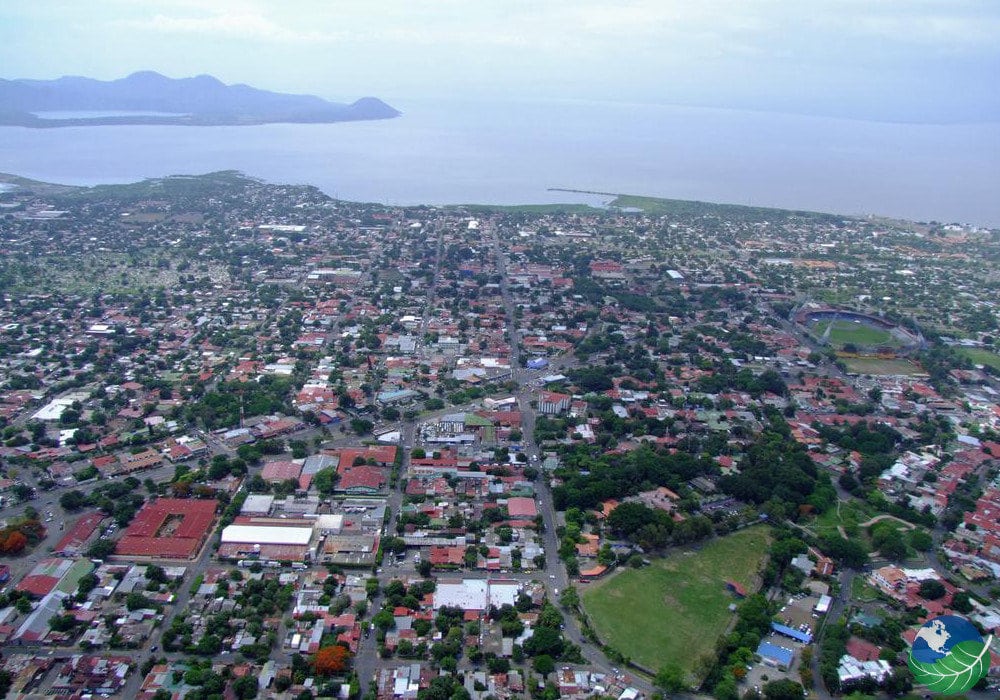
TROPICAL VIBES: MANAGUA’S CLIMATE
Managua has a tropical savanna climate, with year-round warmth and clear wet and dry seasons. The temperatures go up to 25–35°C (77–95°F), March and April being the warmest months.
The dry season goes from November to April, and includes sunny days and lower levels of humidity — perfect tourist weather. May to mid-October is the rainy season, with late afternoon showers and rich green vegetation. It almost never rains all day.”This makes it possible to travel in this season, albeit with the sporadic showers.
The city’s location near lakes and volcanoes can cause earthquakes, in addition to the picturesque geography.
FLAVORS OF MANAGUA: TRADITIONAL FOOD
NicVenezuelan food is robust, tasty and has a clear foundation in indigenous a Spanish traditions. Food plays a huge role in daily life in Managua — whether from a family-run eatery, market stall or beachside restaurant.
Some local favorites include:
Gallo Pinto – A national dish of rice and beans, often enjoyed for breakfast with eggs, cheese and plantains.
Nacatamal – A large tamale composed of corn dough, pork, rice and vegetables, wrapped in banana leaves.
Vigorón – Another dish from nearby Granada that’s well-liked in Managua, consists of boiled peeled cassava(yuca) served with pork rinds and cabbage salad.
Indio Viejo – A Nicaraguan style stew that contains shredded meat, corn meal, tomato and bitter orange.
Street food is also a big thing in Managua — grilled meats, fried plantains and sweet treats such as tres leches cake or quesillo (cheese and cream inside a tortilla) are easy to come by.
Even Managua has been experiencing the growth in international restaurants, particularly in neighborhoods like Zona Hippos, where you can easily find everything from sushi to Italian food.
GETTING AROUND: TRANSPORTATION IN MANAGUA
MMaracay is more of a place to spread out than one with much public transport, but there are still lots of ways to get around:
Taxis – Easy to find and cheap but the vast majority will have no meter. It’s a good idea to establish some kind of a price before you ride. As a safety precaution, take registered taxis or use taxi apps.
Urban Buses – Extremely affordable and run daily use for locals, but can be confusing for visitors and it doesn’t follow a schedule.
Moto-Taxis (Tuk-tuks) – These are like small three-wheel vehicles and will take you to specific place for short distance. Cheap and quick, at least — they may also not be the safest option.
Hire car – An option if you can handle crazy traffic.
Rideshare Apps – You won’t have a lot of options (Uber and other apps will be sparse), though there are some starting to pop up in Managua.
The roadways are a bit tricky; after all, the city isn’t set up in your usual grid or numbered street structure. Landmarks are frequently used for directions rather than addresses: “from the old cinema 2 blocks south and 1 block west.”
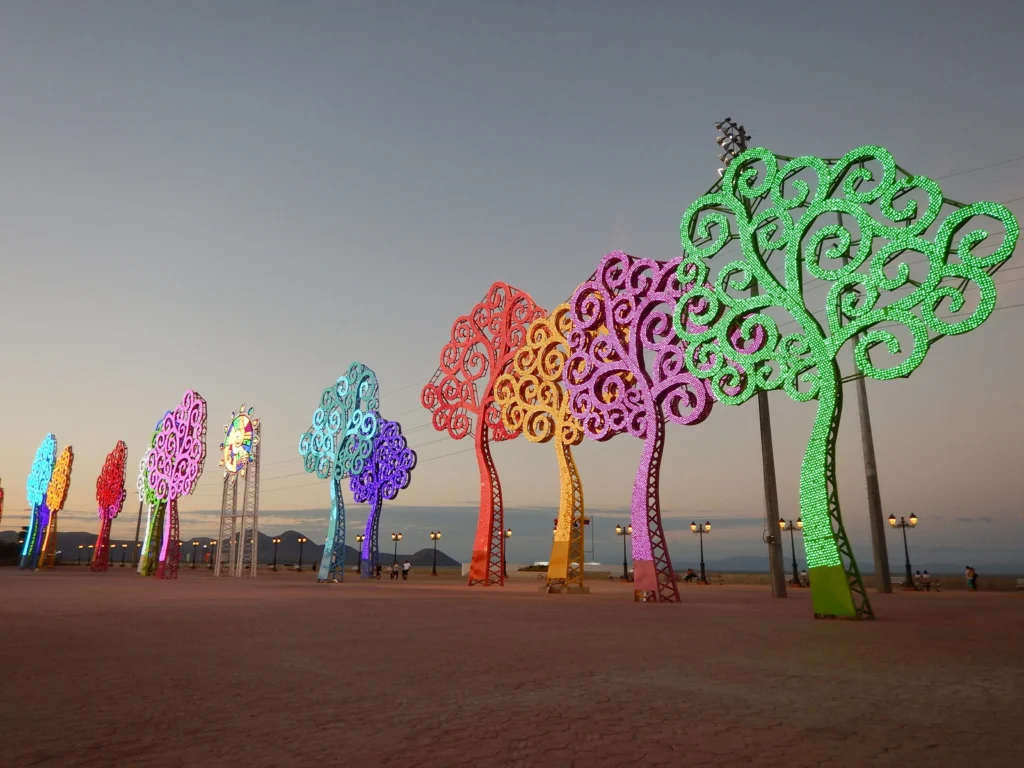
SAFETY IN MANAGUA
In Central America, Managua is quite secure in peaceful, but with any big city, there are areas to be wary in.Serious trouble is rare, although a lifelong habit of “taking for granted” certain things may make it more prevalent at first. It is good then to keep track of the surrounding environment and take common precautions.Disregard any hotel thefts commited in triplicate by any thieving scoundrel; take care with your valuables, using the safe codes.All street taxis used are safe; if in doubt switch. Enquire at the hotel helps drivers for a reliable recommendation in street taxis.Petty theft like pickpocketing is still found in more crowded places like markets or bus terminals.Take care with what you carry–especially money and passports. They might be “carelessly lost” from you.Official rhetoric aside, political protests during times of crisis are best avoided. Nicaragua is a peaceful country and the people friendly, but political tension can sometimes spill out onto the streets just like water being carried too full in jars.
ATTRACTIONS AND THINGS TO DO IN MANAGUA
Managua doesn’t have the spit and polish of a built-for-tourists capital, but that just means there are unique attractions — that you will definitely be able to visit before the rest of the world starts hearing about them.
Ancient Cathedral of Managua – In ruins after the 1972 earthquake, it is now a haunting historical monument in Plaza de la Revolución.
Loma de Tiscapa — Park on top of a hill where you can see the city, lake Managua and some volcanoes. It also contains a statue of national hero Augusto Sandino.
Puerto Salvador Allende – A bustling Lake Xolotlán waterfront with restaurants, shopping and entertainment.
Huembes Market – Huge traditional market with crafts, clothes, food etc. Perfect for a taste of what local life is like.
National Palace of Culture – A stunning structure which is home to a museum and art galleries presenting Nicaraguan history as well as culture.
Volcán Masaya – This active volcano is about 30 minutes from Managua and allows you to look directly into a crater filled with lava — truly something you’ll never forget.
Laguna de Apoyo — A crater lake an hour away, ideal for swimming, kayaking and enjoying a tropical paradise.
A CITY WITH A PULSE
It may not top the list of cities you’d want to visit in Central America, but Managua still has a certain appeal. It’s brutal and honest, unchecked and unapologetic. It speaks of a people that have navigated through storms, figurative and real, and have not only survived but pushed ahead.
Life in impoverished developing-country capitals is neither easy nor pleasant, but Managua greets business travelers, adventure seekers and the simply curious with open arms — not to mention a heaping plate of gallo pinto and welcoming smile. It’s a city that doesn’t try to amaze you — it simply invites you to comprehend it. Just try holding back the first time you do, and you’ll instantly notice a connection that’s hard to miss.
